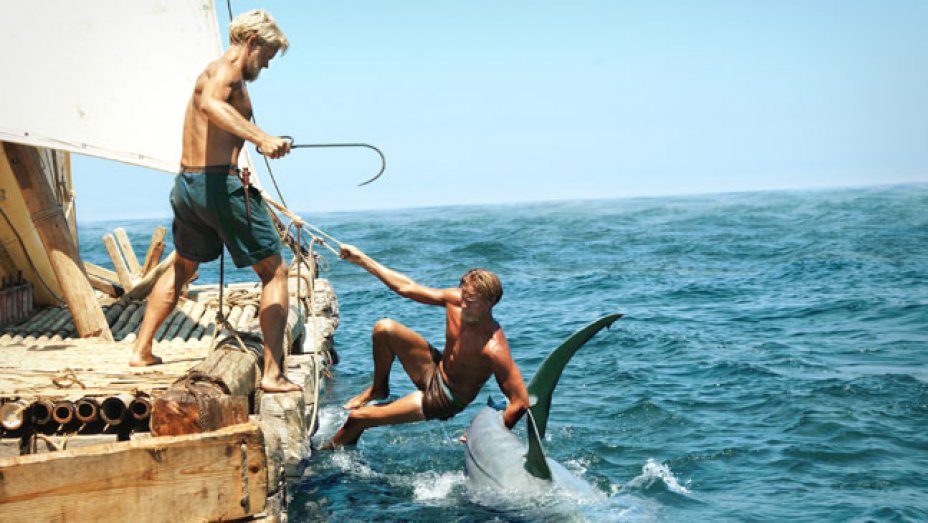The Kon-Tiki Expedition

In 1947, Norwegian adventurer and writer Thor Heyerdahl set out on a trans-Pacific passage in a balsa wood sailing raft named Kon-Tiki, sailing from South America to the Polynesian Islands.
How Many People Took Part in the ‘Kon-Tiki’ Expedition in 1947?
Named after the Incan god Viracocha—for whom Kon-Tiki was said to be a nickname used by early Incans—Heyerdahl and five other explorers set sail to prove that natives from South America could well have settled Polynesia in pre-Columbian times, employing rafts similar to Kon-Tiki.
At the time of the expedition, scholarly wisdom insisted that people from Southeast Asia had arrived from the west to first populate Polynesia, but Heyerdahl meant to prove them wrong.
The Kon-Tiki Expedition: By Raft Across the South Seas
Using only materials and technologies available to South Americans at the estimated time of seaward migration, Heyerdahl would go down in history as the first person to successfully dispute the Asian basin migration theory.
Using illustrations drawn by Spanish conquistadores of Peruvian seafaring rafts of the time, Heyerdahl and his crew built Kon-Tiki in Callao Peru.
On April 28, 1947, the crew—including one Spanish-speaking green parrot—set sail from Callao on a 101-day journey covering 4,300 miles, until Kon-Tiki smashed into a reef at Raroia Atoll near Tahiti on August 7th, 1947.
The mast and cabin were reduced to flotsam, but miraculously, the great balsa wood logs that made up the main body of the raft held firm. The crew managed to salvage some of their equipment, including a high-frequency radio transmitter.
Within hours the world knew they were safe, as well as triumphantly successful. While a new mast was cut and rigged for the last leg push to their original planned destination, Heyerdahl’s crash landing on Raroia stands to this day as possible proof that ancient South Americans may well have been the original people to populate the Polynesian Islands.
